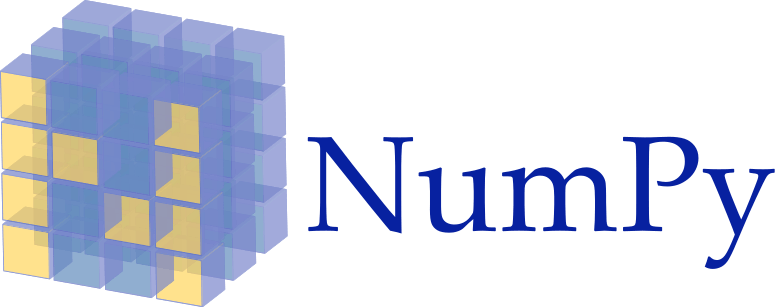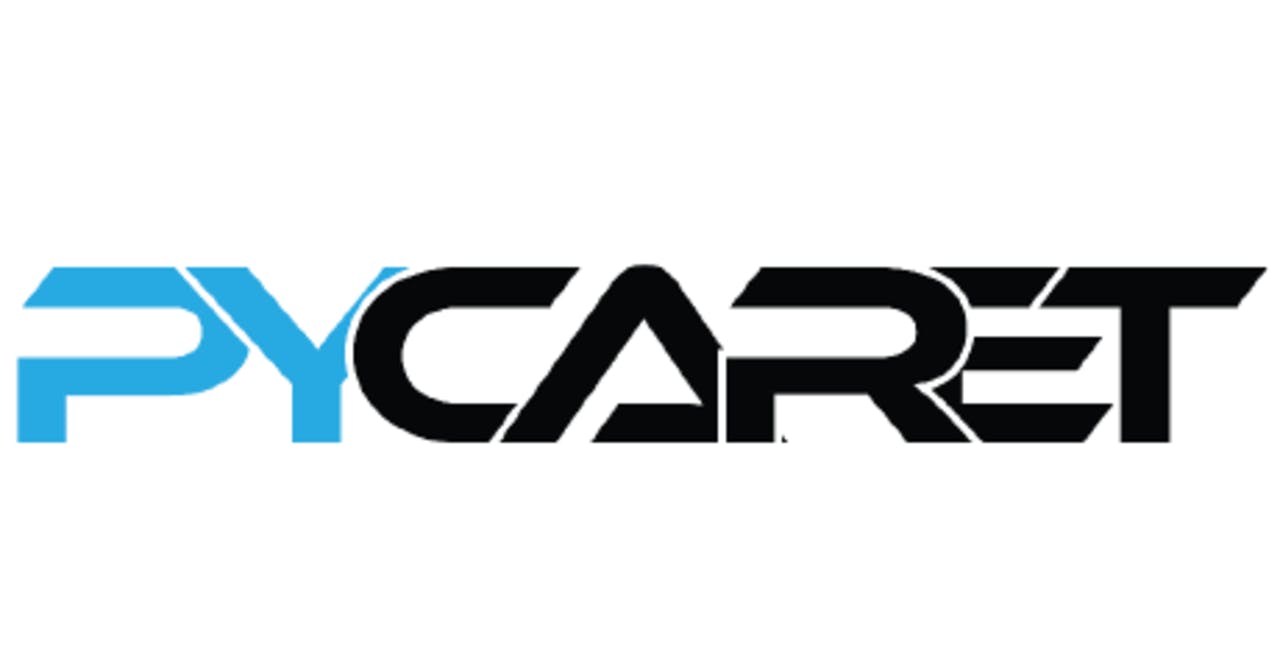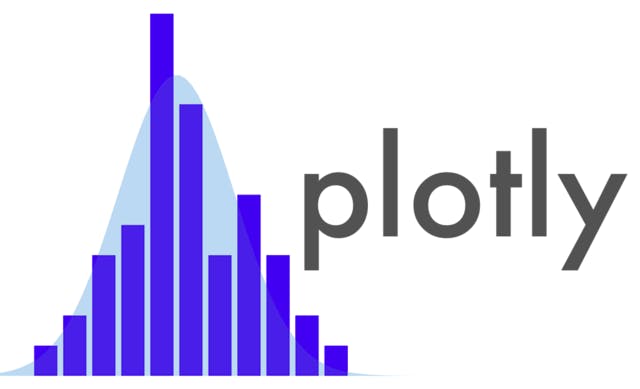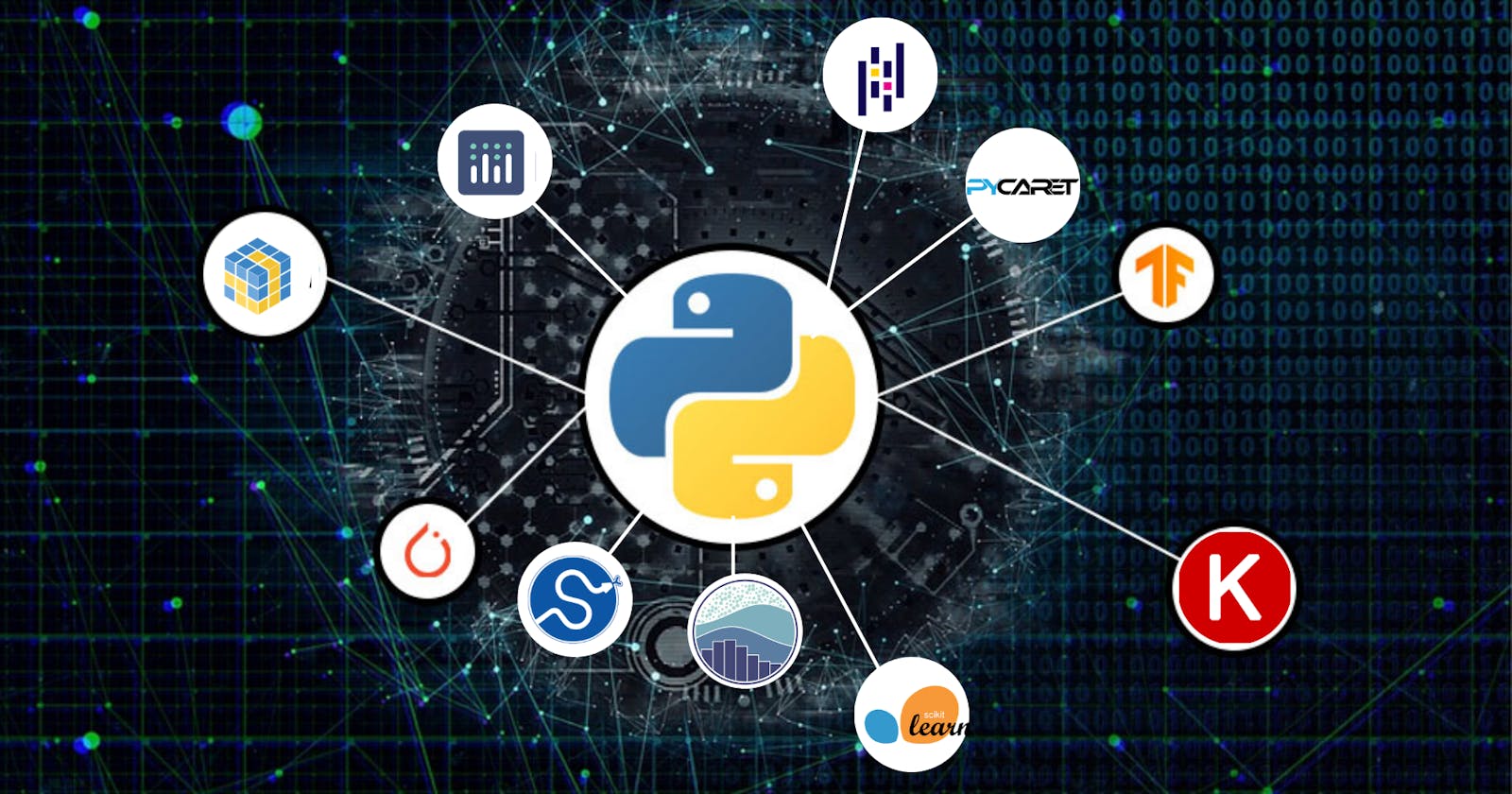Python is one of the most popular programming languages in the world. It is an object-oriented, easy to use and extremely developer-friendly language, which also happens to be the go-to choice for domains such as Data Science, Machine Learning and Deep Learning.
One of Python's best qualities is its vast ecosystem of rich libraries which make it ideal for a broad range of purposes. In this article, we are going to be taking a look at the powerful Data Science libraries Python has to offer.
To get the best possible understanding of Python, checkout my detailed article on the language here .
For better understanding of Data Science, checkout my "Understanding Data Science" article here .
Top Eight Python Libraries for Data Science
NumPy

"Numerical Python", better known as NumPy, is considered to be one of the most important Python Libraries for scientific computing.
The algorithms used in Data Science are computationally complex and often require multidimensional array operations. NumPy helps compute large multidimensional array objects and also has various other tools to help work with these algorithms.
NumPy also provides support for matrix operations and linear algebra and is much faster than using Python lists.
BeautifulSoup

BeautifulSoup has established itself as the go to library for web scrapping from HTML and XML documents.
Some of the features that make BeautifulSoup attractive are handling HTML documents with special characters, extracting data from webpages by navigating parsed documents and auto detection of encodings.
PyCaret

PyCaret is a python library specialized in creating machine learning models.
PyCaret helps you conduct end-to-end machine learning experiments, including encoding categorical data, feature engineering, building ensemble models, hyperparameter tuning and imputing missing values. It also helps saving time by being a low-code library.
Matplotlib

When it comes to data visualization, Matplotlib is the most essential library in Python.
Some of the great features offered by Matplotlib include personalization of plots, data exploration for a machine learning project, building reports, large amount of charts and customizations from histograms to scatterplots.
Plotly

Plotly is a data visualization library known for its high quality, publication-ready and interactive charts.
Built on top of visualization library D3.js, HTML and CSS, Plotly is hailed as one of the best data visualization tools available. It is an open-source library with available charts ranging from Boxplots to heatmaps.
Pandas

Pandas is an open-source package specialized in Data visualization, exploration and analysis. It provides us with fast and flexible data structures that make it easy to work with Relational and structured data. It also helps us to perform data analysis and data manipulation in Python.
TensorFlow

Since its release back in 2015, TensorFlow has overtaken Caffe and Theano to become the most popular framework for deep learning.
TensorFlow is an end-to-end (technique where the model learns all the steps between the initial input phase and the final output result) machine learning library which contains resources for enhanced deep learning and construction of ML & DL powered applications.
PyTorch

Pytorch is an incredible deep learning framework which has helped accelerate the research that goes into deep learning models by making them computationally faster and less expensive.
It is an open source library based on the Torch Library and was developed by Facebook's AI Research lab.
As mention earlier, Python is one of the most popular programming languages in the world. It has over a hundred libraries for data science, each unique in its own way and can take time to master.
Choosing which library is the best for you can be a confusing task, but you will never know for sure until you try one yourself!

